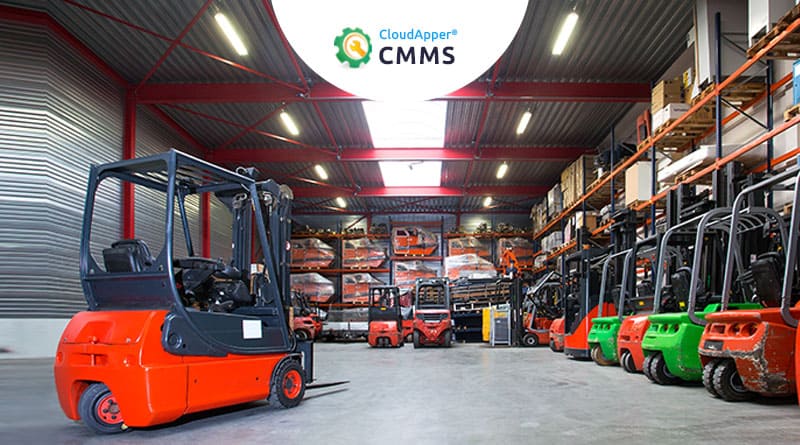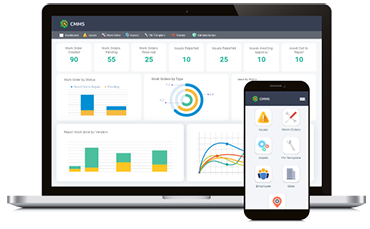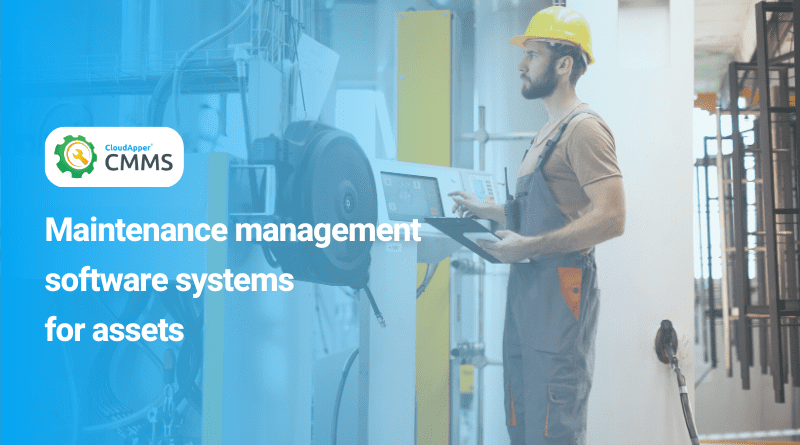While preventive maintenance is one of the most effective ways to reduce unplanned downtime, minimize production disruptions, and extend an asset’s life, it can be tricky to get right. With this in mind, there are several common mistakes maintenance managers can make in their preventive maintenance plans, especially when drafting maintenance plans for the first time. While we’ve already discussed some of the mistakes, one article can’t cover everything in one go. With that being said, here are a few more mistakes that maintenance managers must watch out for to ensure preventive maintenance remains effective in their facilities.
Four more mistakes to avoid with preventive maintenance plans
Ineffective maintenance schedules
This is one of the trickiest parts associated with preventative maintenance plans, and it’s also one of the most common mistakes maintenance managers make. When maintenance managers plan regular maintenance tasks, there’s a high chance that they’ll either schedule them too frequently or leave a significant gap between them. For instance, a lathe machine might require lubrication every four days. However, due to various reasons, the machine might only receive this once per week. This could lead to faster wear and tear, overheating, malfunctions, and could even cause permanent damage to the machine.
Many organizations place higher intervals between regular maintenance due to costs; however, repairing failing or malfunctioning equipment can actually cost the business significantly more. Indeed, if the maintenance tasks had proper intervals, they would need far less emergency maintenance. Take the lathe machine into consideration: if it received lubrication once every four days as needed, it would be less likely to overheat, would experience less regular wear and tear, and would malfunction far less.
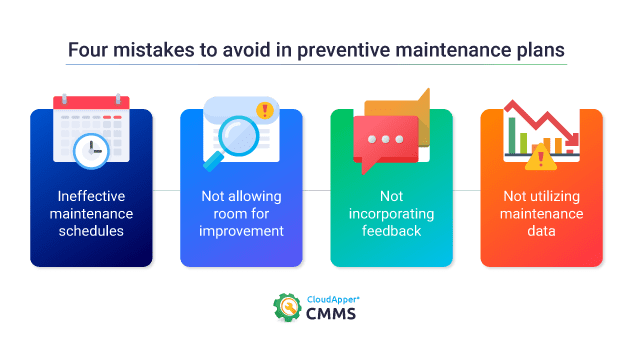
As a result, organizations must identify the ideal intervals for scheduling maintenance tasks to optimize equipment performance, increase reliability, and even extend the expected working life of a machine.
Not allowing room for improvement
One mistake that many beginners to preventive maintenance plans might make is thinking that planning is a one-off event. For instance, a maintenance manager might create a carefully enacted maintenance plan but then assume that’s it – it needs no further changes. On the contrary, preventive maintenance is a continuous process and needs to be worked on repeatedly. Even the most effective preventive maintenance plan will need changes down the line because what works now might not be effective six months later.
For instance, a machine that needs maintenance once every month might require it twice a month after extensive usage after a few years due to wear and tear or when the frequency of machine usage increases.
These small changes require the maintenance plan to be flexible and have room for changes. Moreover, the maintenance managers also need to be open to the changes as that’s the only way for machine maintenance to be fine-tuned down the line. However, maintenance managers also need to be open to feedback too, as we will explore it in the next point.
Not incorporating feedback
Another common mistake organizations can make is not incorporating the feedback of those who are most experienced with the equipment: machine operators and maintenance technicians. They will likely have the best knowledge about the equipment, other than perhaps the manufacturers themselves! For instance, machine operators know exactly when the machine might need to be cleaned based on their own experiences or when the machine may start to overheat.
Maintenance managers must ensure that they incorporate feedback from operators and technicians. While there might be several pieces of equipment within the business and even more machine operators, their feedback can be collected easily using a maintenance management system like CloudApper CMMS. All of their comments can then be seen by authorized personnel who can incorporate the valuable advice into existing maintenance plans. This may help with optimizing maintenance schedules and activities.
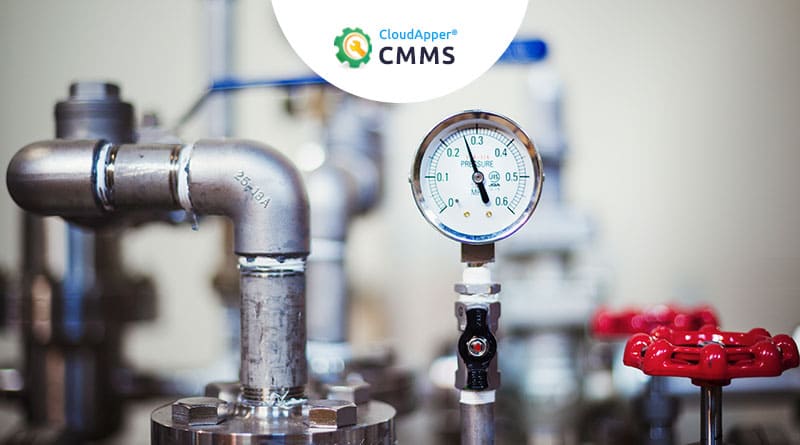
Not utilizing maintenance data for preventive maintenance plans
Maintenance activities, such as PM tasks, inspection, and emergency maintenance, not only ensure that the equipment works reliably but also provide maintenance teams with insight about the equipment’s state, the most frequent problems, the technician’s performance, open tasks, critical tasks, closed tasks, and more. Organizations that are not keeping records of this information are jeopardizing maintenance – all of which could otherwise be used to optimize maintenance activities significantly.
For instance, a CMMS software like CloudApper CMMS helps keep track of which assets are offline, which require emergency maintenance, which PM tasks are being conducted, the highest performing technicians, the most reliable assets, and more. All of this helps with making changes to the maintenance plans down the line, if necessary.
CloudApper CMMS is a powerful yet simple mobile maintenance management system that helps streamline preventive maintenance activities, and simplify repairs, among a few of the features. In addition, it ensures asset management, spare parts and inventory management, maintenance scheduling, vendor management, and more directly from the team’s smartphones. It also provides valuable insights thanks to its powerful analytics dashboard that managers can use to optimize maintenance activities, reduce costs, and improve equipment reliability in the process.

